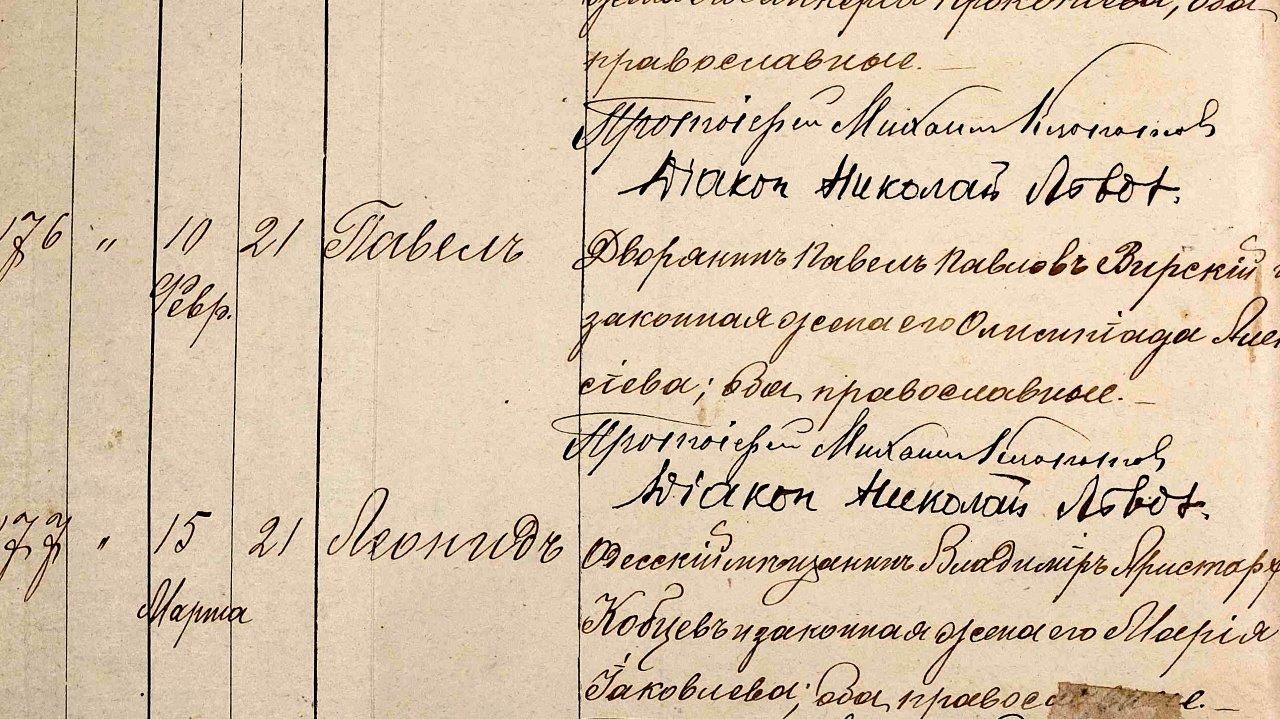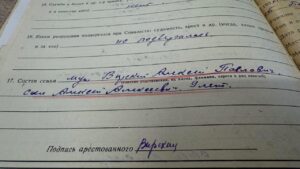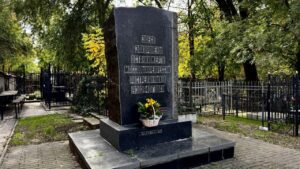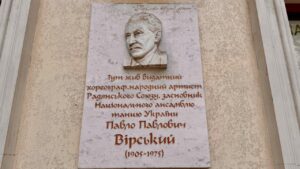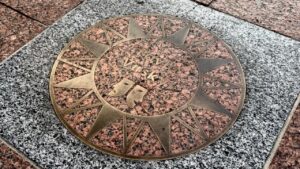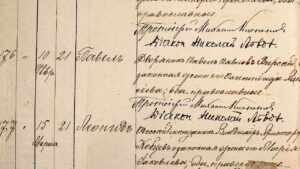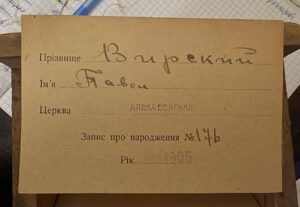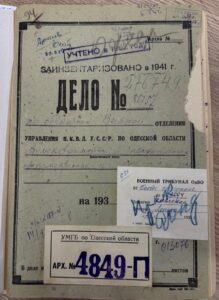Our team continues archival research and the collection of new materials for the film about the legendary Pavlo Virsky Ensemble.
Director Olga Antimony has finally found what she was searching for — documents that shed light on little-known pages of the Virsky family’s history.
In the declassified archives of the Security Service of Ukraine (SBU), a file was discovered concerning Pavlo Virsky’s brother — Oleksii Pavlovych Virsky, born in 1903 in the village of Shyroke, Kherson Governorate.
In the 1930s, he worked in Odesa, heading the Department of Political Education of the Regional Department of Public Education.
On August 20, 1937, he was arrested.
The charges followed the standard formula of the time — participation in a counterrevolutionary Trotskyist organization and anti-Soviet agitation.
On September 28, 1937, the visiting session of the Military Collegium of the Supreme Court of the USSR sentenced him to execution by shooting, and the sentence was carried out the same day.
His wife, Taisiia Yefimivna Virska, was arrested as a “family member of an enemy of the people” and sent to labor camps in the Komi ASSR. All family property was confiscated.
At that time, Pavlo Virsky was already working in the theatre — staging productions, teaching, and gaining recognition.
After his brother’s arrest, he came under constant surveillance. For many years he lived with the stigma of being “a relative of an enemy of the people.”
Despite this, he continued his work and later founded the National Honored Academic Ensemble of Ukrainian Dance, which became a symbol of Ukrainian culture.
KGB archival materials confirm that Virsky and his ensemble remained under continuous supervision by the Soviet security services.
Before international tours, artists were briefed, and during their trips they were accompanied by KGB officers posing as translators. Reports recorded the smallest details — conversations, behavior, and contacts.
One episode from 1969 stands out: during the ensemble’s tour in Spain, Pavlo Virsky was photographed next to Otto Skorzeny, a former SS officer. Upon returning to Kyiv, an investigation was launched, but due to the intervention of party leadership, the matter was quietly closed.
Oleksii Virsky was fully rehabilitated in 1957.
These declassified documents reveal the historical context in which the Virsky family lived:
one brother executed in 1937, the other living for decades under surveillance — yet managing to preserve his art and create a dance legacy that became part of Ukraine’s cultural identity.


